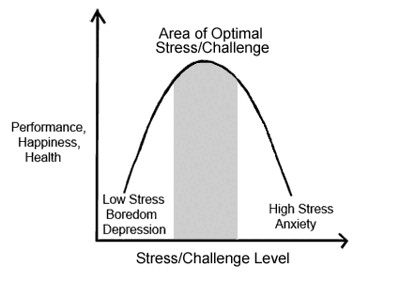

Close

In an ever-evolving digital landscape, the importance of creating sustainable websites cannot be overstated. From user experience to search engine optimization, every aspect of web design plays a crucial role in nurturing the digital ecosystem. By implementing effective strategies, web designers can not only create visually appealing websites but also ensure their longevity and impact. Let’s delve into the world of web design and explore how to build sustainable websites that will thrive in the digital realm.
When creating digital experiences, it’s essential to prioritize accessibility to ensure that all users can interact with your product regardless of any disabilities they may have. Designing for accessibility means creating inclusive user experiences that cater to a wide range of individuals. By keeping accessibility in mind from the start, you can make your product more user-friendly and reach a broader audience.
Here are some key considerations to keep in mind when designing for accessibility:

When it comes to optimizing performance on your website, there are a few key factors to consider that can make a big impact on the overall user experience. One important aspect to focus on is speed – ensuring that your site loads quickly and efficiently can help to keep users engaged and prevent them from navigating away due to slow loading times. By optimizing images, reducing the number of plugins, and utilizing browser caching, you can help to improve the speed at which your site loads for users.
Efficiency is another crucial element to consider when looking to optimize performance. Streamlining your code, minimizing redirects, and utilizing a content delivery network can all help to improve the efficiency of your website, ensuring that users can navigate seamlessly and find the information they are looking for quickly and easily. By focusing on both speed and efficiency, you can create a more engaging user experience that keeps visitors coming back for more.

When it comes to minimizing environmental impact in our daily practices, it’s crucial to take a holistic approach that considers all aspects of our operations. One way to do this is by incorporating sustainable materials into our products and packaging. By opting for eco-friendly alternatives such as biodegradable or recyclable materials, we can significantly reduce our carbon footprint and waste generation.
Additionally, implementing energy-efficient practices in our facilities can go a long way in reducing our environmental impact. This can include upgrading to LED lighting, installing motion sensors to control energy usage, and optimizing heating and cooling systems. By taking these steps, we not only lower our energy consumption but also decrease our greenhouse gas emissions, contributing to a healthier planet for future generations.

In today’s digital age, protecting data is more crucial than ever before. Incorporating robust security measures is essential to safeguard sensitive information and maintain trust with customers, clients, and stakeholders. By staying proactive and vigilant, organizations can prevent data breaches and cyber attacks, ensuring the integrity and confidentiality of their data.
Implementing encryption protocols, multi-factor authentication, and regular security audits are just a few strategies to enhance security and protect data. Educating employees on best practices for data security and providing ongoing training can also play a vital role in maintaining a secure environment. Building a culture of security awareness within the organization is key to strengthening defenses against potential threats and instilling confidence in all stakeholders.
In conclusion, implementing sustainable web design strategies not only helps protect the environment but also ensures the longevity and success of your website in the ever-evolving digital landscape. By nurturing the digital ecosystem through mindful design choices, you can create a more resilient and impactful online presence. Remember, every small change you make can have a big impact on the sustainability of your website. So, let’s continue to strive for a more sustainable and harmonious digital world. Thank you for reading!

